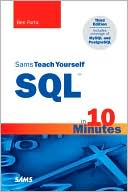Ado.Net Programming
In building client-server or three-tier applications, desktop-rich clients, or Web applications, at some point the application will likely need to be able to access a database. ADO.NET is the technology within Microsoft's new .NET architecture for database access. This practical guide to ADO.NET begins with the basics and covers all of the pieces of ADO.NET. In addition to providing information on how to accomplish different tasks, it also explains the appropriate approaches for different...
Search in google:
In building client-server or three-tier applications, desktop-rich clients, or Web applications, at some point the application will likely need to be able to access a database. ADO.NET is the technology within Microsoft's new .NET architecture for database access. This practical guide to ADO.NET begins with the basics and covers all of the pieces of ADO.NET. In addition to providing information on how to accomplish different tasks, it also explains the appropriate approaches for different types of applications. Some of these topics include basic database access using SQL Server or OLE DB data providers, using the DataSet, accessing data using XML, remoting, and database schema information. Booknews Explains how to build and access databases in the .NET framework. Most of the chapters focus on using specific classes and capabilities of ADO.NET; follow-up chapters explore options and variations. Topics include the connection and command classes, manipulating data with the DataSet component, performing tasks with XML, the DataBound controls, and connection pooling. Familiarity with .NET, an object-oriented language, database concepts, and SQL is assumed. Annotation c. Book News, Inc., Portland, OR
\ From The CriticsExplains how to build and access databases in the .NET framework. Most of the chapters focus on using specific classes and capabilities of ADO.NET; follow-up chapters explore options and variations. Topics include the connection and command classes, manipulating data with the DataSet component, performing tasks with XML, the DataBound controls, and connection pooling. Familiarity with .NET, an object-oriented language, database concepts, and SQL is assumed. Annotation c. Book News, Inc., Portland, OR\ \
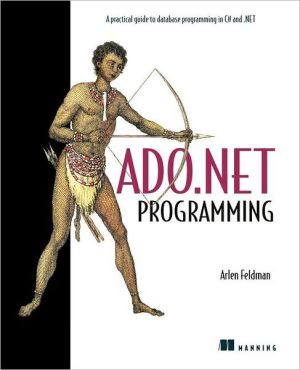
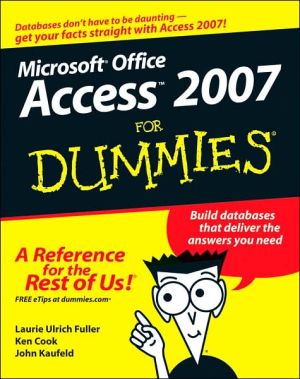
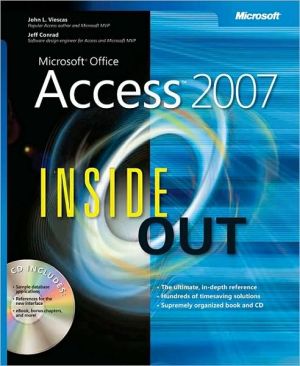
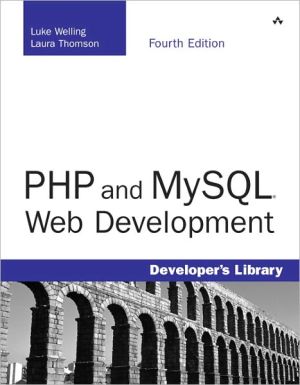
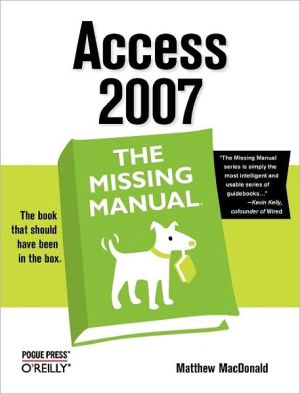
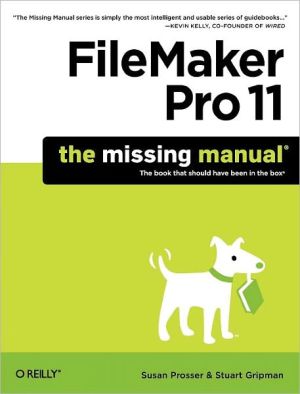
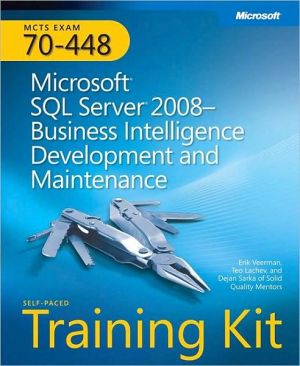
![SQL Queries for Mere Mortals: A Hands-on Guide to Data Manipulation in SQL [For Mere Mortals Series] SQL Queries for Mere Mortals: A Hands-on Guide to Data Manipulation in SQL [For Mere Mortals Series]](/application/data/covers/44/31/9780321444431.jpg)
